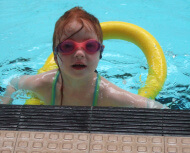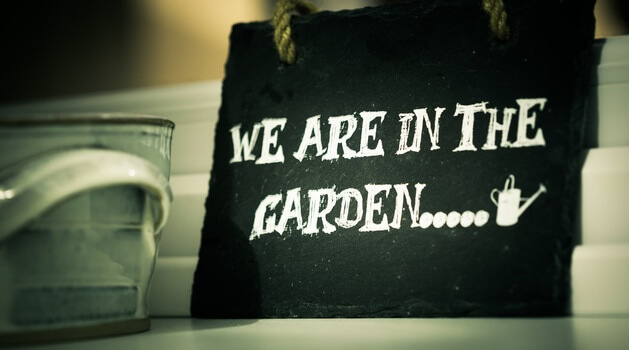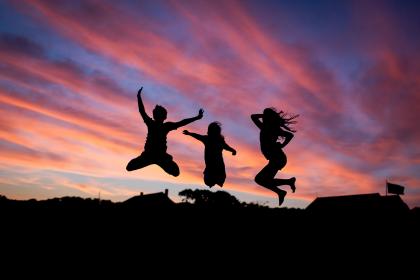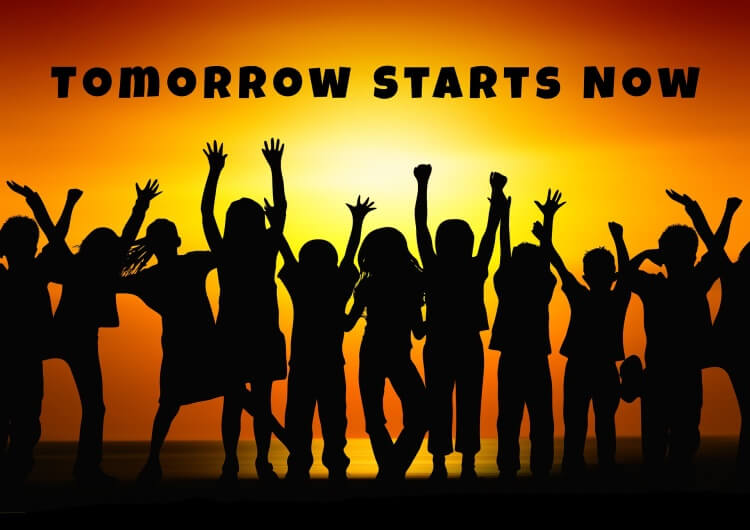You can always teach an old dog new tricks and I for one, (sigh,… Am I really becoming an old dog?), love to continuously learn both personally and professionally. “Life is a great school” is one of my mantras and just the other day while teaching, I had one of those “ah-ha” moments and it has changed how I plan to move forward with my teaching.
Now, for many of you this might be obvious, but for some reason I had never asked my students the simple question, “What did you learn today?” Now, I always ask some basic questions at the closure of my lessons, such as, “Who can tell me what strategy you used in the game today?” or “What was this activity really about?” or “Who do you think was a good leader in your group and why?”
Although I always get a few raised hands and hear some great responses, the other day I had a class that kept looking at me kind of quizzically as I fired off my questions until I finally asked, “What did you learn about today?” So many hands shot up and answers came flying out of their mouths! “I learned how to work with my group,” “I learned how to help solve a problem,” “I learned how to balance my (pool) noodle.” I was thrilled! This simple yet very specific question personalized the answer from each student.







